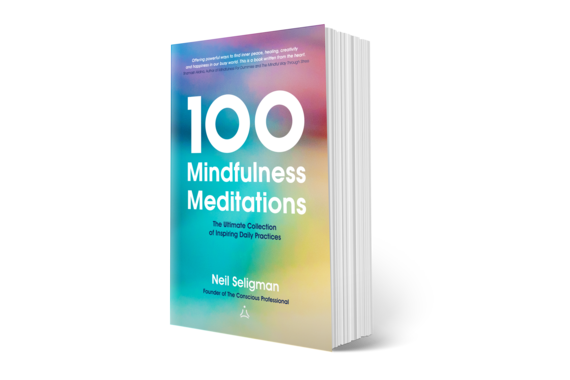Let go of your mind and then be mindful. Close your ears and listen!
Rumi
INVITATION:
In my morning meditation I am sometimes joined by Ty (a large labrador) who tries all his tricks to get my attention.
I close my eyes, he nuzzles my ears. I centre myself, he licks my face. I focus on my breath, he rams a toy in my hand. I ignore him, he sits squarely on my lap.
Now sometimes I acquiesce and we play together on the floor. In those moments I try to be fully present with him and the game becomes something of a meditation itself.
Other times, he gives up his nuzzling and sits quietly at my side. We then both journey inward, he to sleep, and me into meditation.
Ty has taught me that an authentic mindfulness practice cannot be overly rigid and must include space for the spontaneous and the unexpected.
MINDFUL TIP:
In this practice, listen to the sounds around you and pay vivid attention, as if you were hearing birdsong for the very first time.
PRACTICE:
Begin by finding a comfortable posture and by bringing your attention to the breath. Take a few moments to let yourself arrive and allow the breath to draw you gently into internal awareness. Allow the gaze to soften, the eyes to close.
1)Wait.
2)Listen.
3)What can you hear?
4)Silently name three specific sounds: e.g.
The hum of electrical equipment
The sounds of traffic
Distant birdsong
5)Now bring your focus to a single sound. Pay full attention to it. Describe it silently to yourself using five single words. If listening to the ocean your words might be:
Wave, Crash, Smooth, Wash, Sweep.
6)Take five breaths here and fully explore the sound.
7)If the mind wanders, gently bring it back to the sound by finding something new about it. Take five further breaths here as you listen closely.
8)Next, repeat instructions 5-7 for your second and third sounds.
9)Return to wakefulness in your own way.
Record your experience and your chosen sounds and words in your Mindfulness Journal.
If practising with others, take turns sharing your discoveries.
This practice is an extract from 100 Mindfulness Meditations: The Ultimate Collection of Inspiring Daily Practices by Neil Seligman published by Conscious House and available on Amazon priced £12.99.
10 Mindfulness Meditations is an album of audio meditations to accompany the book and is now available on iTunes priced £7.99
Neil Seligman is the Founder of The Conscious Professional, home of Corporate Mindfulness, Resilience and Wellbeing Solutions.
Also offering 1-1 Mindfulness Coaching, Conscious Life Coaching and Luxury Mindfulness Retreats at Champneys.
www.theconsciousprofessional.com
